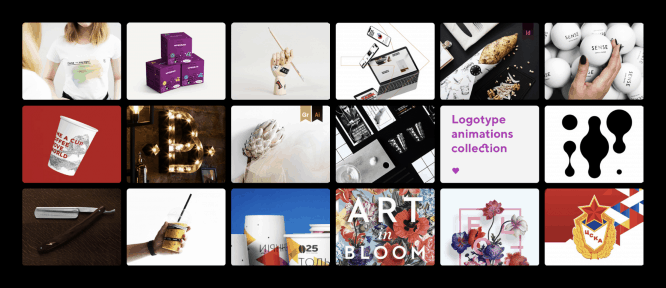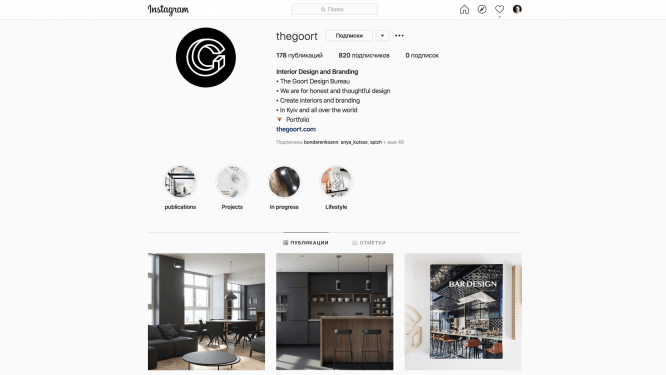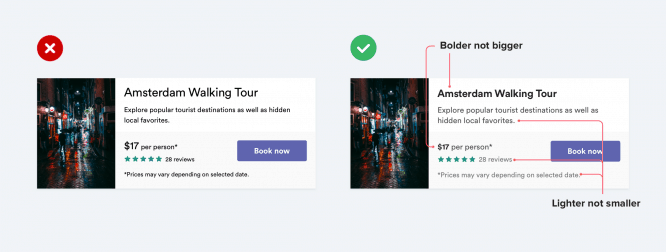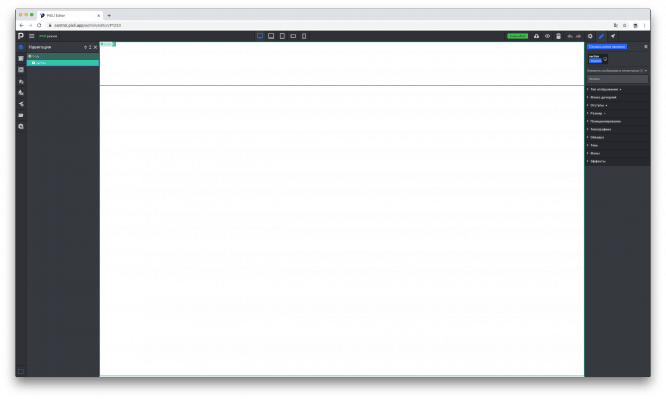Designer Portfolio: What? How many? How? Where?
Designer Portfolio: What? How many? How? Where?
Does a professional designer need a portfolio? And if necessary, how many works should it contain? Let’s figure it out!
There are two common opinions in the design environment. First, a good designer doesn’t need a portfolio. Second, a designer is not a designer without a portfolio, and “what will you show potential clients?” Working without a portfolio is possible and even quite successful. But at some point, his absence will stunt your growth.…
At the beginning of my career as a designer, I did not have a portfolio and all clients came from a friend or from a recommendation. Only they all counted on the same price tag as their friend paid, and for him I made an identity a year ago and now it costs twice as much. The more I grew as a professional in quality and value, the more important the portfolio became. in general and how it looks. Therefore, I actively took on this task.

How many projects do you need to complete?
To understand the level of a designer, three projects are enough for me. I look at designers’ portfolios as an art director when applying for a job and as a curator when applying for a course. Of course, the more you design, the better. But at least three projects. Ideally, the top five projects.
What to arrange and what is not worth it?
There is no clear answer, but try to ensure that projects meet the following criteria:
- Implemented projects should be a priority… When a client or employer sees a completed project, he understands that you have gone through the hell of production and for his project you can repeat it.
- Show projects that you personally like… Remember what projects you show – such clients come. If it is important for you to work in a style that you like, show as many projects in this style as possible. And if you don’t like a certain style, but there is a project in it, it is better not to add it to the portfolio.
- Show at least three projects in your specialization… For example, it will be identity, logo design or presentation design. And let there be two more in additional areas. For instance, If you, like me specializing in identity, then additional designs can be posters, or illustrations, something that will strengthen your main direction. This will show that you have different skills and that you can do something more than a logo. But your main specialization should always prevail.
Project structure and description
Try to arrange the project in such a way that there are not only pictures, but also the benefits for the client. To do this, tell project history… From general to specific, from task to result:
- First, describe general introductions about the client or project: in which city the project is, what is the company’s field of activity, and most importantly, what was your task.
- Then describe the concept of the project. We tell an idea and describe a business or identity metaphor. We explain what kind of image we wanted to form for the project.
- Further – solutions. This is the largest block in which you tell what you did on this project and why.
- In the last block, focus on the features in the project, tell us why it was done.

Where to collect a portfolio?
It depends on how you want to use it. This could be a personal site or Behance, you can upload pictures in Instagram or Pinterest. Think about what is convenient for your clients and where you will be able to beautifully show your work… If it is important to show how code or heavy animation works, you cannot do without your own website. If the projects are simple and fit in 10 pictures, Instagram will be enough. Better to have your portfolio wherever you can. But not in the RAR archive.
In custody
Decide who you are making the portfolio for. If for clients, then show the result and complexity of the task, and also tell how you heroically performed it. If you just want to show off to your colleagues, then forget about the function and make the stories as beautiful as you can. And let you be praised and everyone will like you.
Source: DesignKabak
…


